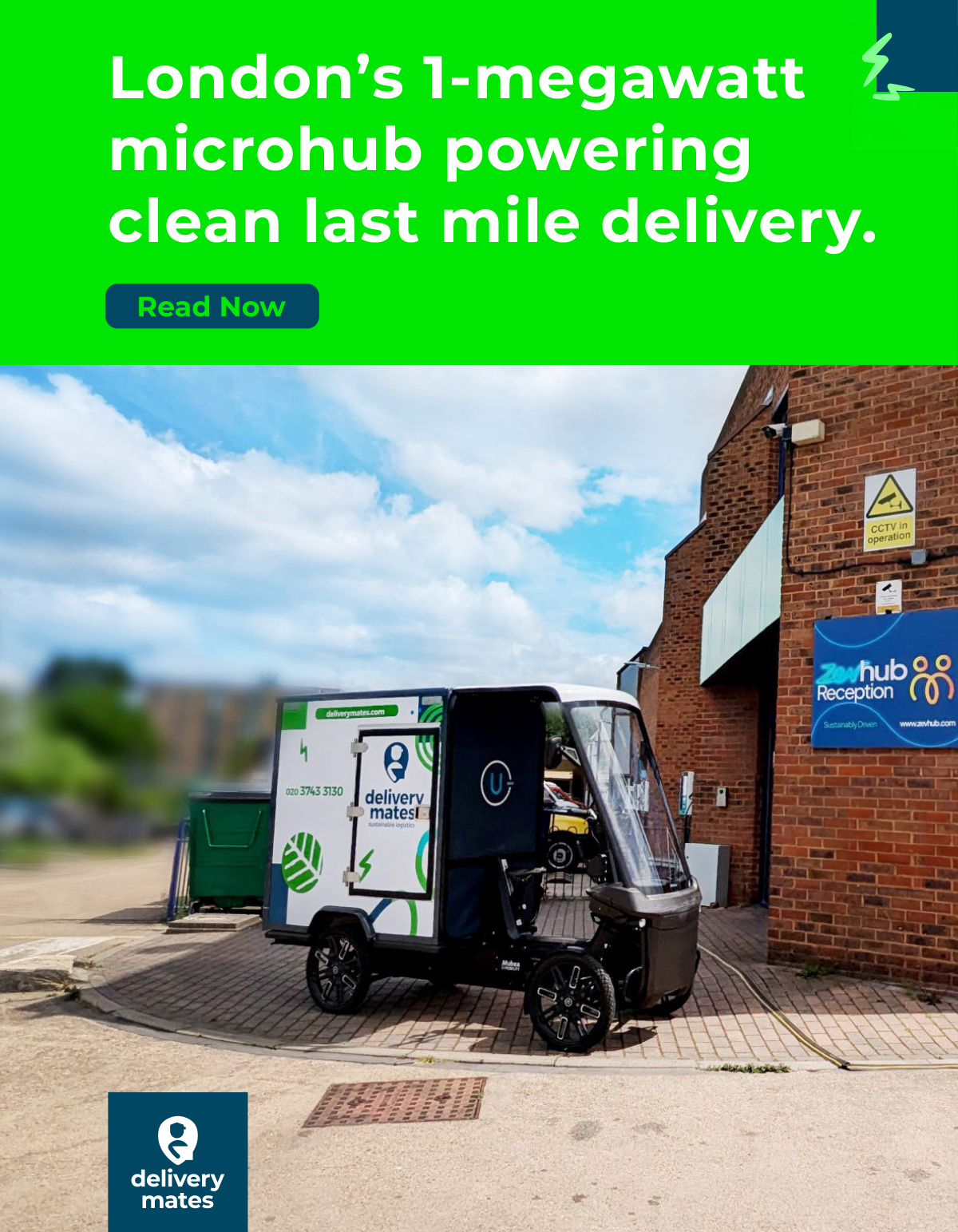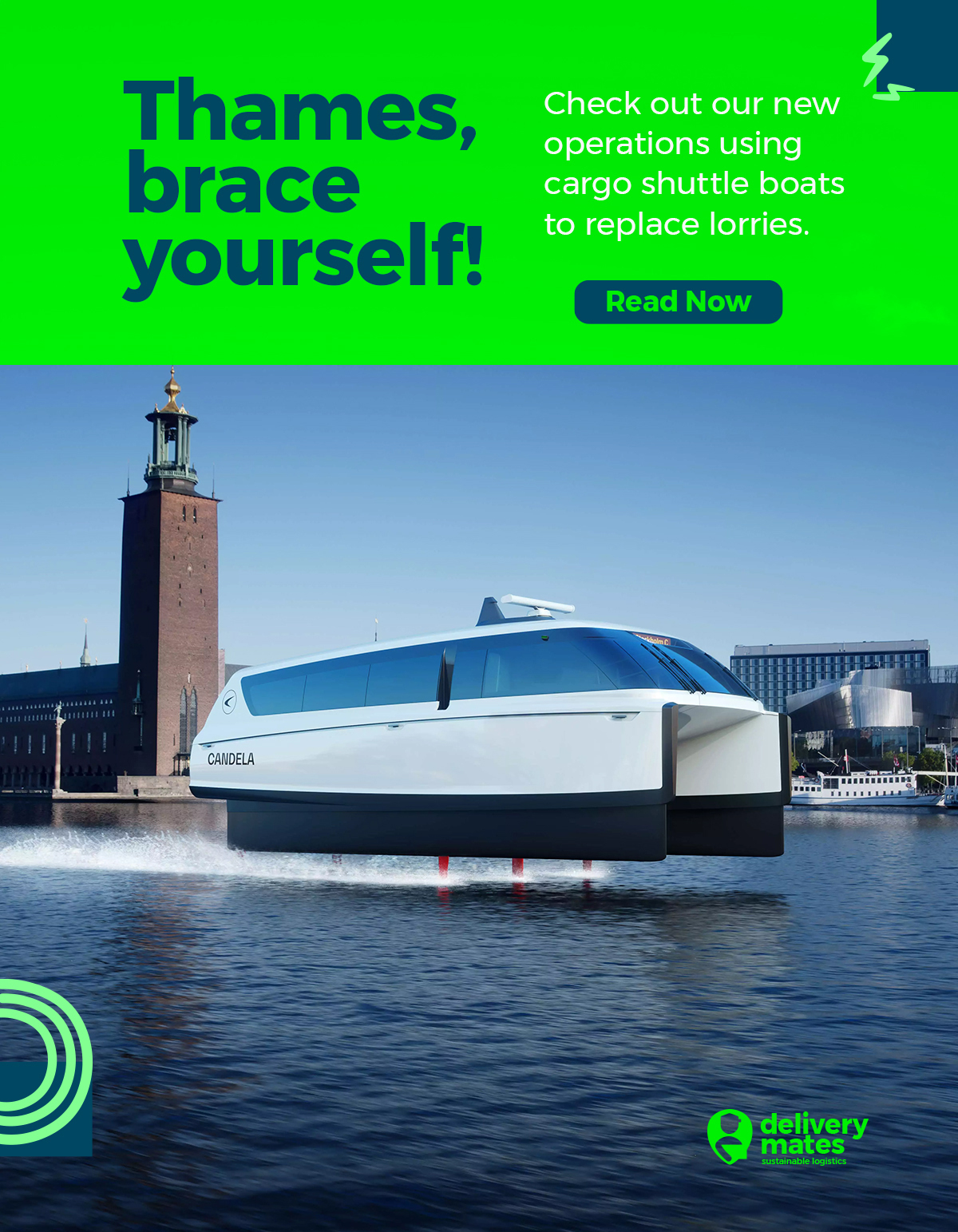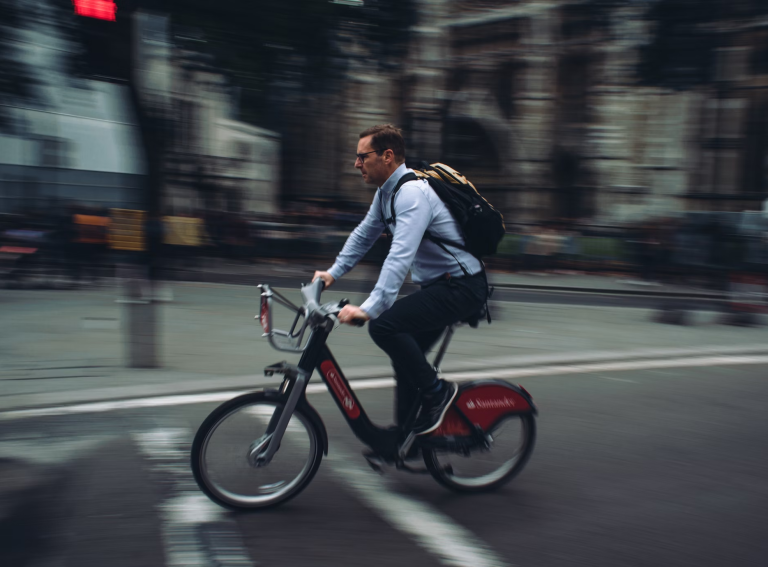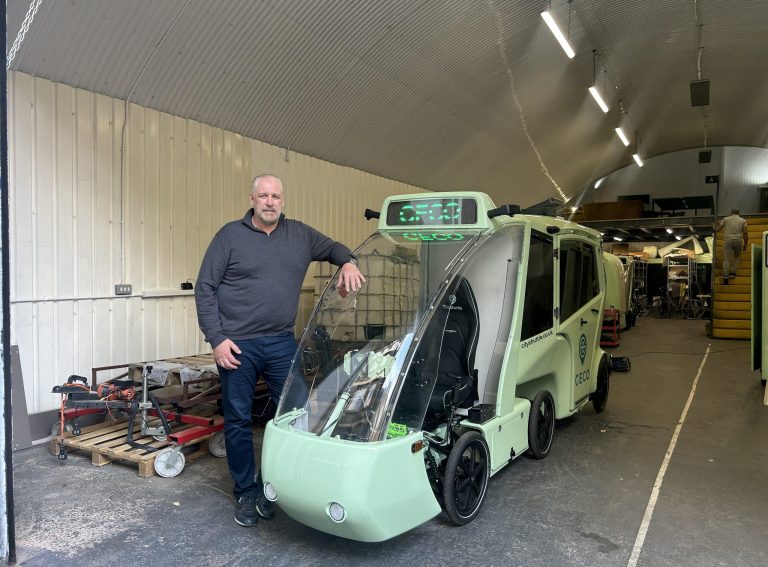Kenyan President William Ruto has announced plans to roll out e-motorbikes nationwide with African startup, Spiro.
The initiative is part of Kenya’s green transport scheme. The plan was unveiled days before Kenya hosts the Africa Climate Summit. Ruto cites pollution, adverse health effects, and fuel costs as the motivations for spurring the country’s adoption of e-mobility.
In a released statement, Spiro shared its plans to establish 3,000 battery-charging and swapping stations in Kenya, in addition to the existing 350 across Africa.
Approximately two million motorcycles are currently on Kenyan roads, many operating as taxis. Called “boda bodas”, the two-wheeled taxis are widely employed throughout the continent.
Tom Courtright, Research Director at the Africa E-Mobility Alliance, told Zag Daily: “Motorcycles are the lowest hanging fruit to electrify. They only last around five years because they are used so intensively. Drivers often clock up to 120 kilometres a day on them and spend a lot on fuel costs.”
Since most African countries import their fuel, the costs of combustion engine-powered motorbikes are high. Despite Africa contributing to just two to three percent of global greenhouse gas emissions, it bears a disproportionate burden of the impacts of climate change, as reported by the UN Environment Program. This on top of the current cost-of-living crisis makes price the driving factor in the transition.
Courtright explains that up till now, the main barrier to the transition has been supply rather than demand. Spiro is well-placed to meet the demand. It has set up a plant with the capacity to 1,000 of the e-motorcycles daily to meet the demand. The vehicles will be joining the existing 1,000 across Kenya.
“Kenya has a very clean electricity grid that’s been domestically produced, so electrification can also benefit local economies by reducing losses to oil imports and improving local clean electricity consumption.”
Ruto, who has championed climate change mitigation endeavours, aims for Kenya to generate 100% of its energy from renewable sources like hydroelectric, geothermal, solar, and wind power, a substantial increase from the current figure of over 90%
The transition appears to be well-underway. On Sunday, September 3, the Electric Mobility Association of Kenya led Africa’s biggest electric vehicle parade through Nairobi’s Central Business District. More than 1000 electric vehicles – mostly motorcycles – participated.
Looking ahead, Courtright said, “I would expect that by 2030, the majority of the motorcycle fleet will be electric here in Kenya and across much of Africa.”










